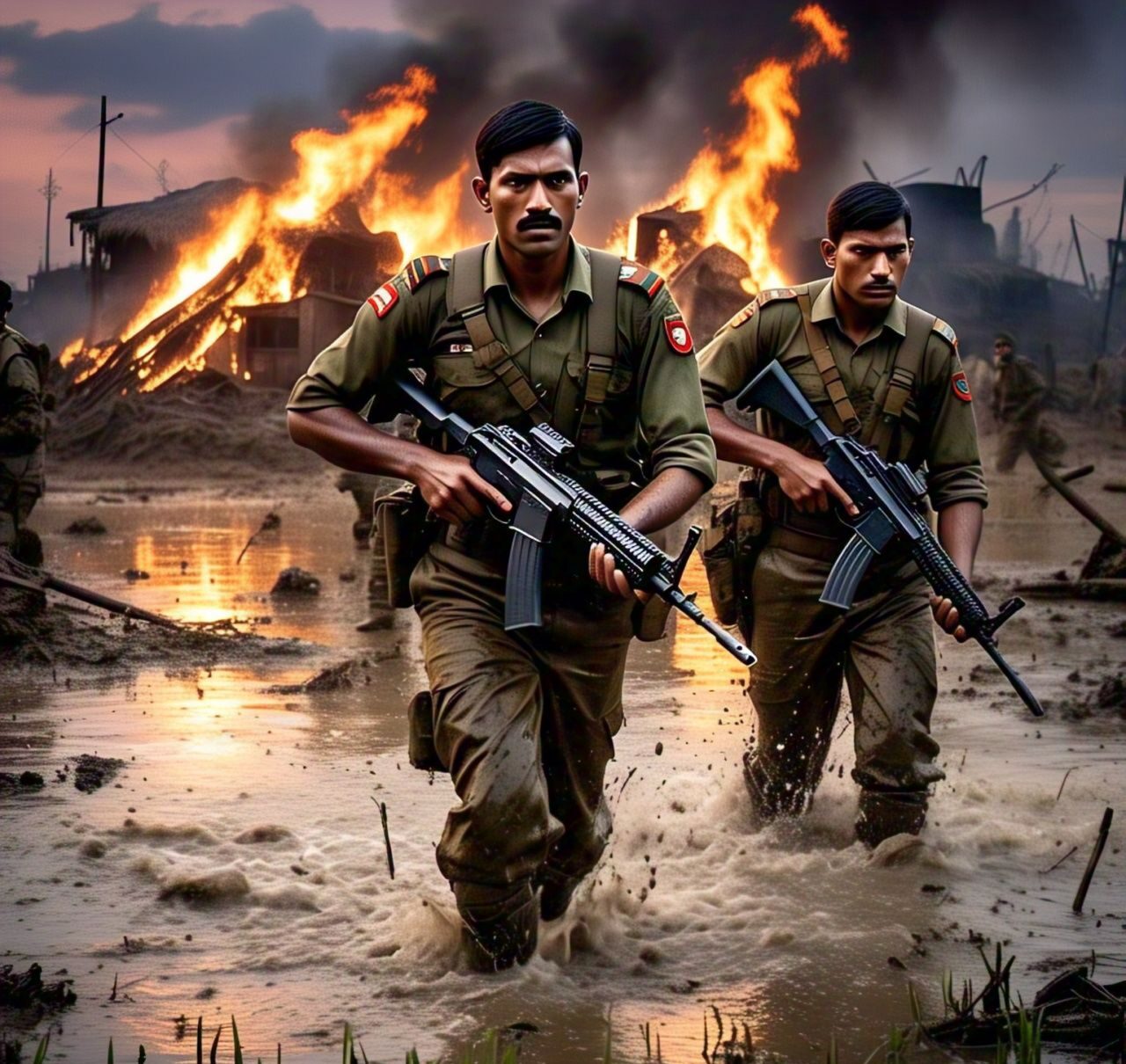
The Conflict That Redrew South Asia
How One War Changed the Map and Destiny of an Entire Nation
Did you know that a single war in 1971 not only resulted in one of the largest military surrenders since World War II but also gave birth to a new nation—Bangladesh? The 1971 India-Pakistan War was not just another border conflict; it reshaped the geopolitical landscape of South Asia.
In this article, we dive deep into what triggered the war, the turning points, military strategies, and the long-term consequences that still echo today.
📜 Historical Background: Seeds of Division
The West vs East Pakistan Crisis
Before 1971, Pakistan was split into two parts: West Pakistan (now Pakistan) and East Pakistan (now Bangladesh), separated by over 1,000 miles of Indian territory. Despite East Pakistan having a larger population, political power remained in the West. Tensions exploded when:
✓ The Awami League won the 1970 general elections in East Pakistan but was denied governance
✓ Military crackdowns (Operation Searchlight) led to mass killings in Dhaka and other areas
✓ Nearly 10 million refugees fled to India, creating a humanitarian crisis
🔥 Escalation to War: India Steps In
December 3, 1971: The First Strike
Pakistan pre-emptively bombed Indian airbases, sparking full-scale retaliation. India, under Prime Minister Indira Gandhi and Army Chief Sam Manekshaw, launched a coordinated air, naval, and ground campaign on both eastern and western fronts.
⚔️ Key Battles and Military Strategy
Lightning War in the East
India’s Eastern Command executed a swift campaign that:
✓ Surrounded Dhaka in under two weeks
✓ Disrupted Pakistani supply lines using air superiority
✓ Secured the surrender of over 93,000 Pakistani troops on December 16, 1971
Western Front: Holding the Line
While the focus was East Pakistan, India held strong defensive lines in the West, countering Pakistani offensives in Kashmir, Rajasthan, and Punjab.
🗺️ The Aftermath: Bangladesh Is Born
The result? The formal surrender of Pakistani forces in Dhaka and the creation of Bangladesh. It was a humiliating defeat for Pakistan and a major diplomatic and military victory for India.
Key Consequences:
✓ Emergence of Bangladesh as a sovereign nation
✓ Indo-Soviet ties strengthened, altering global alignments
✓ Pakistan’s military influence and internal politics changed forever
🌍 International Reactions & Legacy
While the US and China supported Pakistan, the Soviet Union backed India. This conflict highlighted:
✓ The importance of regional alliances
✓ Human rights violations in East Pakistan
✓ The strategic brilliance of India’s military leadership
Even today, December 16 is celebrated as Vijay Diwas in India and Victory Day in Bangladesh.
🧠 FAQs About the 1971 India-Pakistan War
Q: What triggered the 1971 India-Pakistan war?
A: Political oppression in East Pakistan, a disputed election outcome, and mass killings led to India’s intervention following a refugee crisis.
Q: Who led the Indian forces in 1971?
A: Field Marshal Sam Manekshaw was the Chief of the Army Staff and key architect of India’s victory.
Q: How many Pakistani soldiers surrendered?
A: Over 93,000 Pakistani troops surrendered—one of the largest post-WWII surrenders.
Q: Was the war fought only in East Pakistan?
A: No, while the main campaign was in East Pakistan, battles were also fought along the western border.
Q: How long did the war last?
A: Just 13 days—from December 3 to December 16, 1971.
💬 What’s Your Take on the 1971 War?
Do you think the 1971 India-Pakistan War could’ve been avoided, or was it inevitable? Share your thoughts and join the conversation below!
Read more interesting articles
Read our previous article: India vs Pakistan Wars: A History of Tension and Triumph
